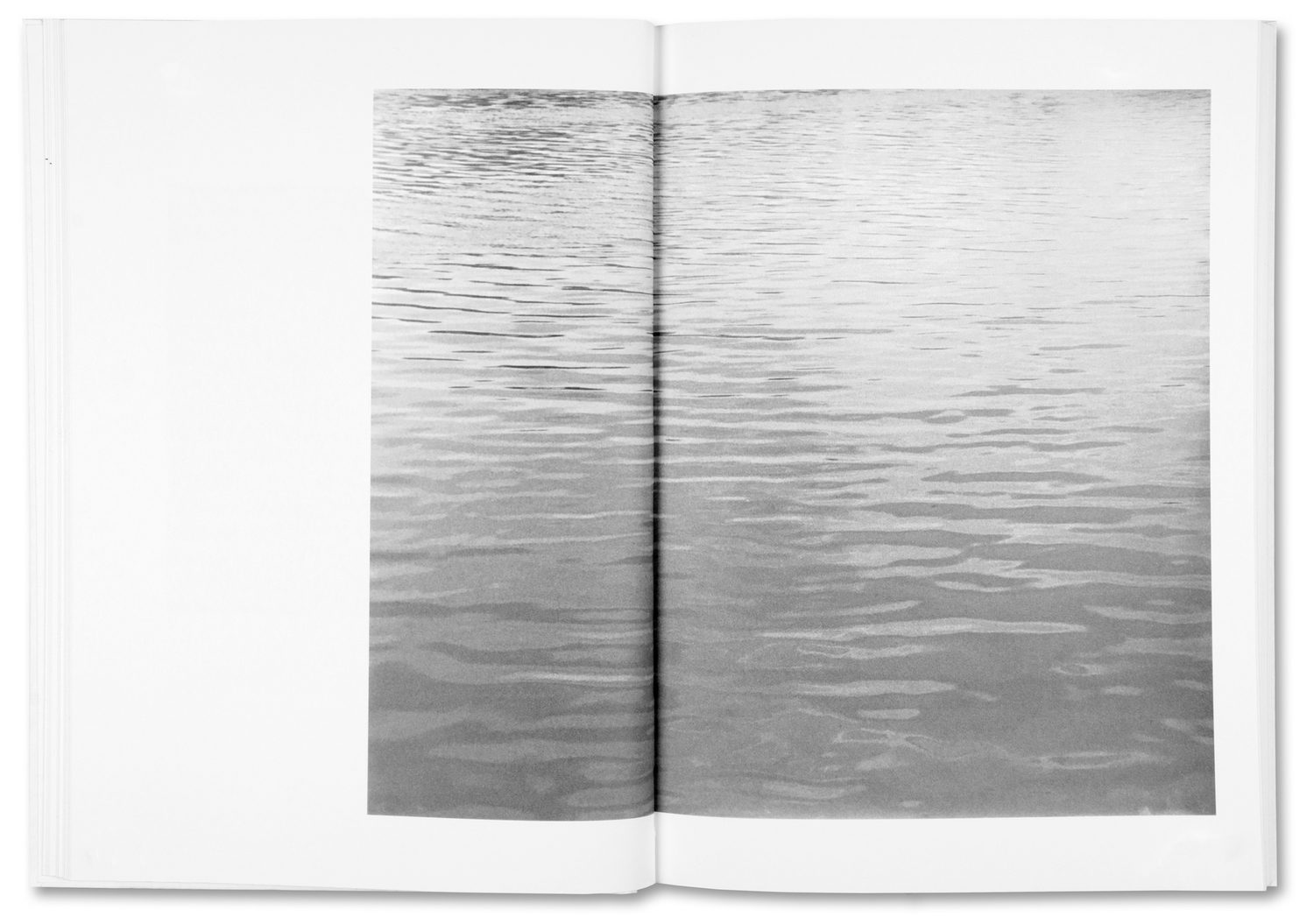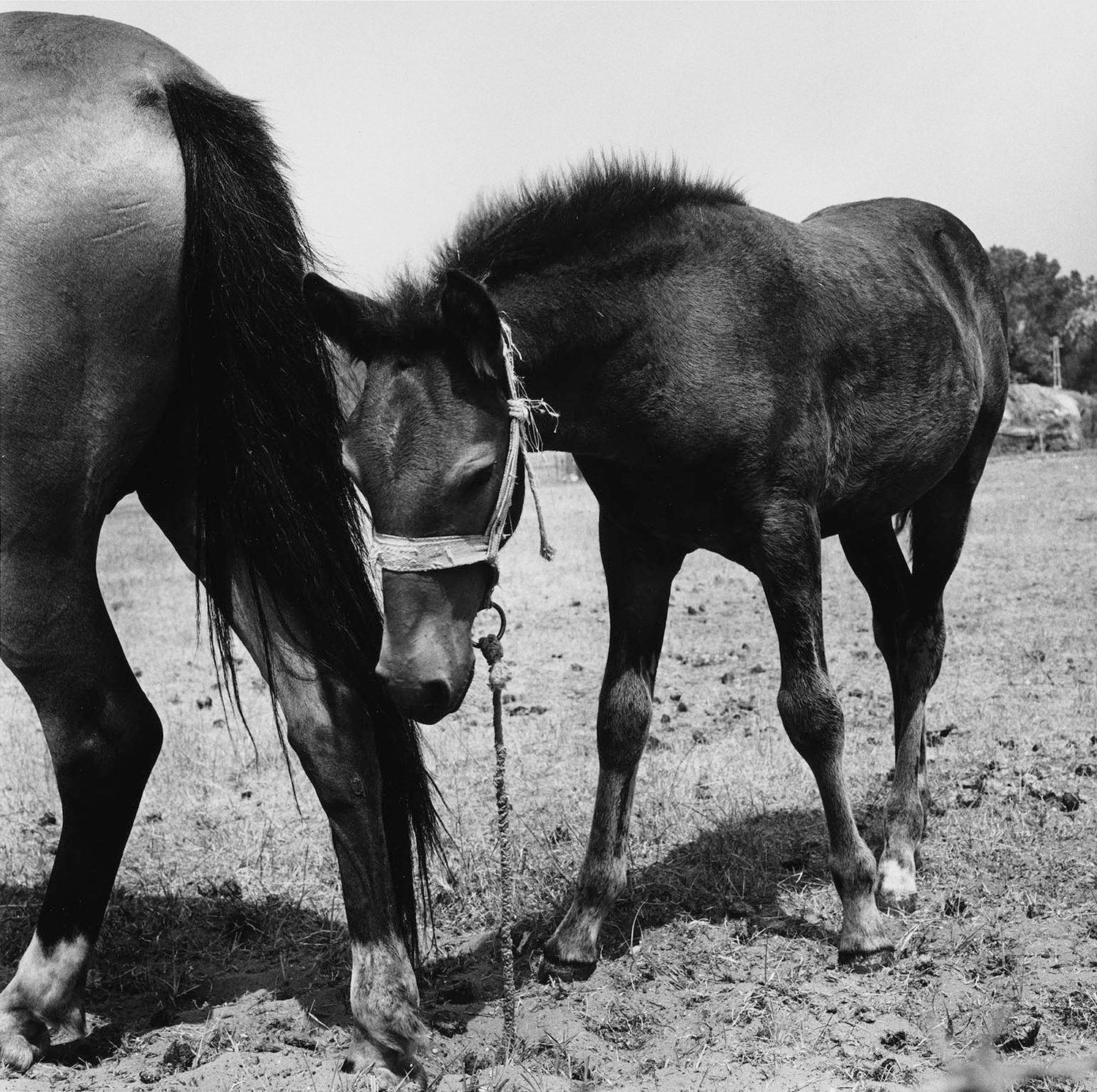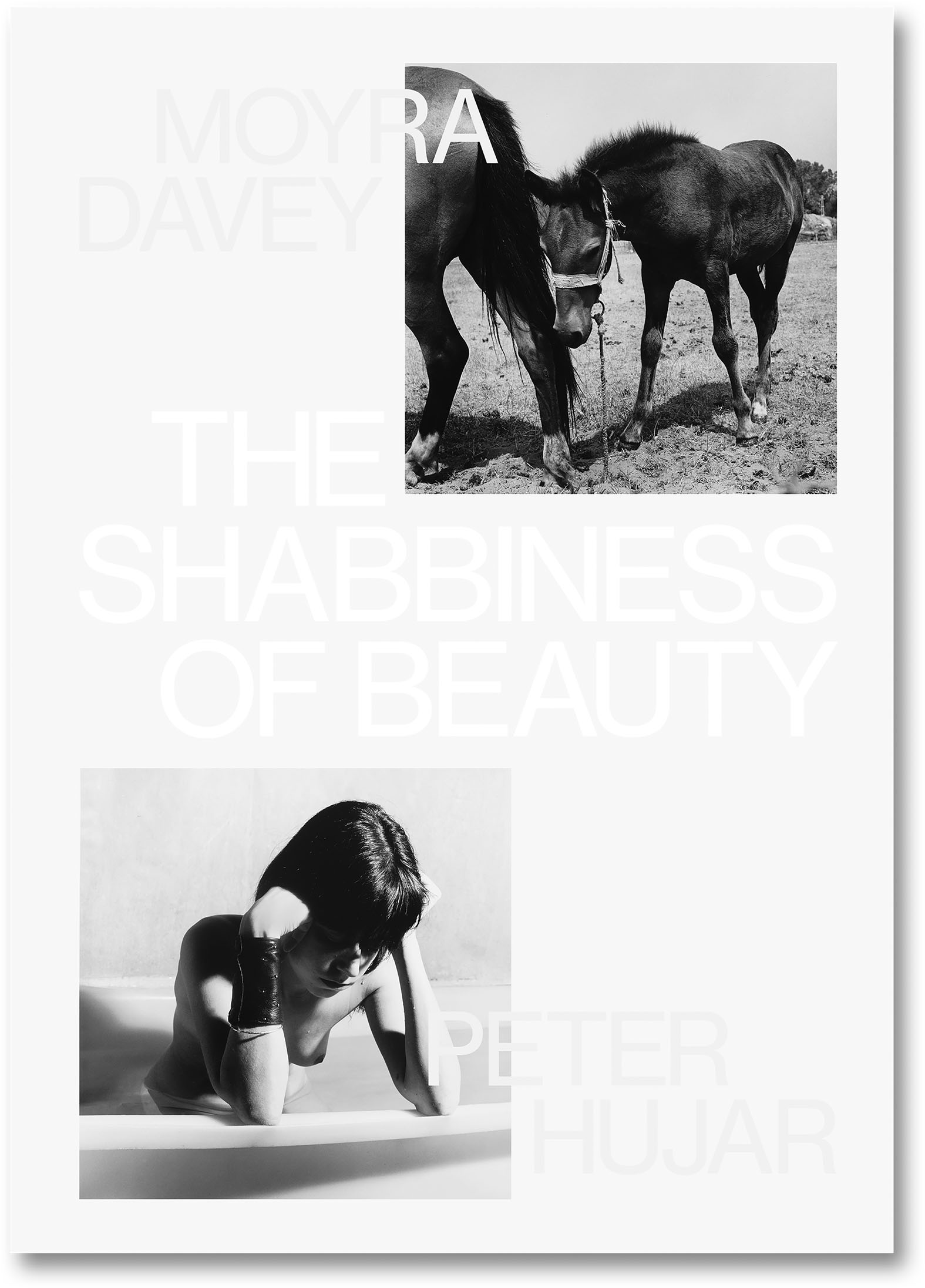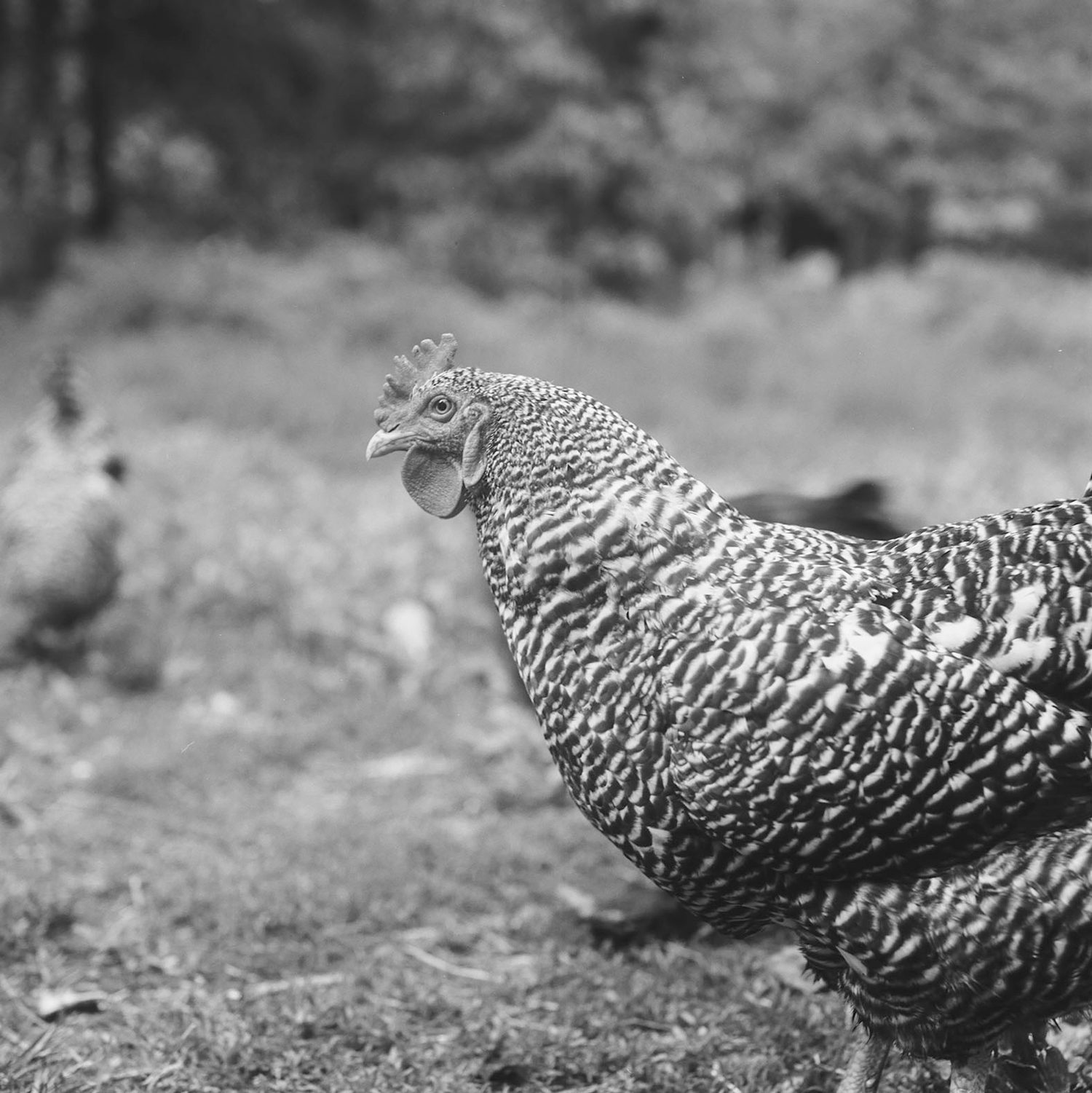“How to describe the effect of these photographs?” writes Moyra Davey on the pictures that the late American artist Peter Hujar took of the Hudson River in 1976. “The water seems embodied, we see faces—eyes and lips—and liquid takes on a velvety smoothness and viscosity that could almost be a solid. Each image seems to have its own personality, and we sense Hujar’s presence as well, a man standing on a pier, with all the connotations of that locale, looking out and taking in the river at his feet. I wonder if he knew when he took the pictures that the resulting images would be so sensual, so corporeal and unearthly at the same time.”
Davey writes these words at the end of The Shabbiness of Beauty, a newly published photobook, in which she delves into the image-archives of Hujar and edits his photographs into a new series together with her own.

Davey has worked in two ways in this book—as photographer, and as curator of both her own and someone else’s vision. A someone she cannot talk with, since Hujar’s life was tragically cut short by an AIDS-related illness in 1987. What is most fascinating about this is how she works in the same way in both roles, moving intuitively—emotionally, even—through pictures by her own hand and by Hujar’s. You cannot tell which picture belongs to which artist until the index at the end, and even then it’s difficult to work out without going all the way back through and counting, because there are no page numbers either. In this way, and in many others, this is a book that requires time. It asks you to look again and again, and to see the images as one collection—to understand that the separate visions of two people are entwined here momentarily.
The Shabbiness of Beauty also has a third voice; that of poet and writer Eileen Myles, who opens the book with a text. Leaping back and forth between memories and decades, drawing from the present—with references to the pandemic—as well as the recent past and stuff that happened forever go, Myles pins Davey and Hujar’s images to personal associations, and to things that were happening during the time the writer spent with these pictures.

Like the images, the text periodically resituates us in New York too. Myles meanders through all sorts of topics—astrology, death, birthday parties—and writes on the artists’ star signs—Leo and Libra, respectively—referring to them subsequently as “the surgent woman and the sexy dead man.” Surgent. A strangely perfect word for Davey. What an incredible way to describe the way she’s designed this book to hit us; wave upon wave, with each new image seeming to crest and fold upon the one before it as we turn the pages.
To return to the water pictures that punctuate this book, Myles describes Hujar’s as darker. “I look at his oily dark surface, his haptic black sea, [and] I don’t think ‘immersive’ like Moyra’s,” the poet writes thoughtfully. In Hujar’s water pictures, darkness seems to ooze slowly, spreading almost imperceptibly outwards from the depths of the image, while Davey’s pictures have something of a quieter, rhythmic, more painterly quality. Each of them stir up something emotive, but it’s different things. Myles identifies rage in some of Hujar’s pictures and I agree. Rage tempered with tenderness was wrapped up in so much of what he did, and that can be seen in these pictures of water better than any others. “His sea puckers like knots in a tree,” writes Myles, and goes on to describe how the blur in Hujar’s pictures sucks the power out of movement and waves.

There are several important recurring subjects and motifs in The Shabbiness of Beauty. Between the two archives, pictures of skin and water, animals and babies, and the occasional, filmic New York City scene emerge, at once formally symbiotic but also thematically incongruous in the way they are edited together. “I’ve long been familiar with Hujar’s work and chose images I knew I could be in conversation with, but I also tried as much as possible to select from amongst his lesser-known works, in particular ones that have rarely if ever been shown,” Davey writes. Once together, the pictures create new stories and sub-narratives, and they speak to each other throughout the pages.

It can be unsettling to enter an archive and know you have complete power over its contents. It’s the power to access history from new perspectives that is most daunting. How, for instance, does one do justice to someone else’s record of life or lived experience? How can you make sure you are keeping the voices of the past ever-present in your own retelling? The way that Davey entered this archive was without a pre-formed idea of what she wanted. Putting Hujar’s pictures first, she then shaped her own responses to fit. That’s the only way that she could have done this successfully when the other party is not around to be part of the discussion. Later, she says, she found herself working in his image too, trying to shoot subjects such as horses the way he did.

At some point in the second half of the book, a letter that Hujar sent to the artist David Wojnarowicz on New Year’s Day 1984 is reproduced. In it, Hujar writes as if chatting, his language colloquial and meandering. He writes about the social scene in New York, the work he is making, and at the end, he tells two anecdotes about animals he saw on TV. One about dogs, the other about fish. It gives an insight into the sorts of things he thought about, and the sorts of things that stayed with him and had an impact, however small. Following this letter, there is a flurry of pictures of bodies and dogs, interspersed with each other.
There are many pictures of animals in The Shabbiness of Beauty, taken by both Hujar and Davey. “In a way the total picture of our time is the abstract sum total of the awareness of all the creatures who love in it. No matter what power chooses to do,” says Myles. Davey sees this just as Hujar did, and what their consistent and considered photographing of animals really shows us is a shared interest in all sorts of existences. It’s about noticing details, little moments, the way the light falls, but it’s also about bearing witness to experiences other than our own and showing them with dignity.

“Everyone agrees Hujar was unrivaled when it came to photographing animals,” Davey writes. “His horses and cows and dogs peer into the lens as though hypnotized, sometimes in pairs, and there is an immobility to these images that is truly novel, as animals don’t hold still, except for Hujar.” Earlier, Myles writes, “Peter’s horse speaks for the shabbiness of beauty,” shaping words around the title of the book. Both Hujar and Davey are artists interested in the everyday, and the radiant possibility of it. It’s the eccentric little details of all lives that speak to them, the shabbier the better.
When Davey says that each of Hujar’s images seems to have its own personality, what she is really doing is offering us as viewers a way to see images that have a life beyond their creator—impactful and resonant as much today as they were when they were taken, but still shot through with the presence of the person who pressed the shutter. As if to confirm this, it becomes more obvious who took which picture in the book the more time you spend with it. Dialogue and waves of conversation and shared interests are at the heart of The Shabbiness of Beauty, but it retains two distinct voices throughout, neither ever lost to the other. Their styles merge together but there’s also still a productive friction throughout the edit too.

“I keep thinking about the living woman and the dead man,” writes Myles. Me too, I think, as I flick through the pages for yet another time. I’ve always had a lump in my throat when looking at Hujar’s work. That has at least a little to do with understanding the life he lived, political and poetic, and understanding the world he moved through —the way New York was the centre of the world for him—but it is so much more than that too. It’s being able to truly feel when looking at his pictures. It’s his acute ability to have always been able to capture the ineffable. “That’s Peter. Haptic. I’m thinking of smell too, a palpable kind of photography,” Myles continues. It’s all about sensation with his pictures, in the end. Pictures that speak to our senses, enliven them, enrage them.

After spending time with this book, it becomes clear that Davey’s pictures, in their own ways, have this effect too. These artists lived in different worlds, and yet here they are together, both showing their ability to move their audiences with the smallest of details. In the end, writes Myles, “it is so unimportant to nail the exact spot in someone’s mortality when they took these pictures.” Some of us are lucky enough to receive large chunks of life in which to leave our mark, the poet says, and some of us have much less time, like Hujar, but none of that matters really. It’s far more about the whole shape of a life and a vision, isn’t it? And about making work that considers both the impressions we can leave on the world, and the ones the world can leave on us. The Shabbiness of Beauty is a quietly profound book, and seeing one artist growing through their admiration of another is truly a special thing to witness.










